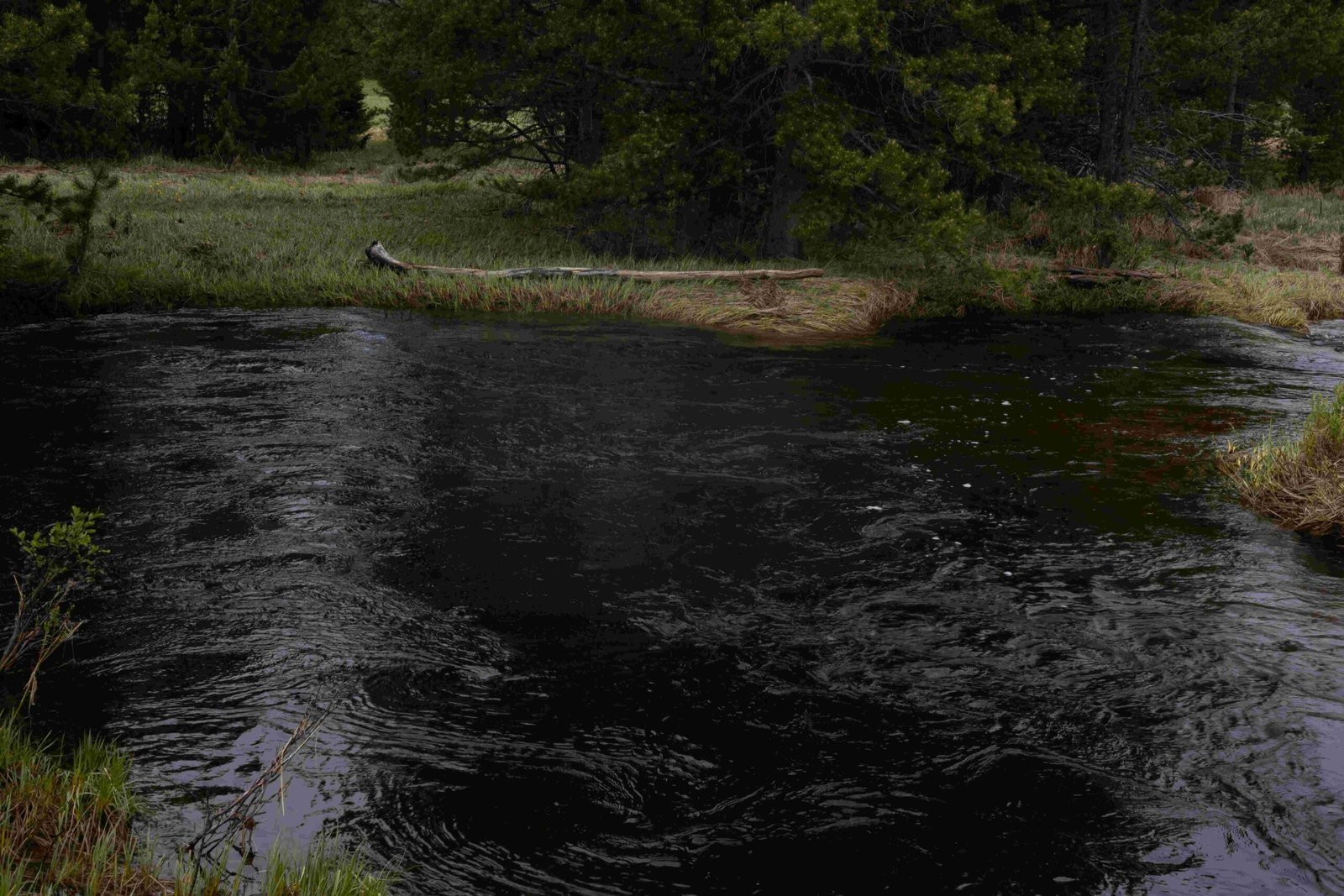Feeding chipmunks in Rocky Mountain National Park is strictly prohibited. This policy aims to protect the park’s ecosystem and the health of its wildlife. Visitors are encouraged to observe chipmunks from a distance and respect their natural habitat. The park offers various locations where chipmunks can be seen, but feeding them is not allowed under any circumstances. This article explores the guidelines, best practices, and reasons behind the no-feeding policy in Rocky Mountain National Park.
Why Can’t You Feed the Chipmunks in Rocky Mountain National Park?

Feeding chipmunks and other wildlife in Rocky Mountain National Park is strictly prohibited for several important reasons:
- Ecosystem Balance: Artificial feeding disrupts the natural balance of the ecosystem.
- Animal Health: Human food can be harmful to chipmunks’ digestive systems.
- Behavioral Changes: Feeding can alter natural foraging behaviors.
- Human Safety: Animals may become aggressive when seeking food from humans.
- Disease Spread: Close contact increases the risk of disease transmission between humans and animals.
The park’s policy is designed to protect both the wildlife and visitors, ensuring a sustainable and safe environment for all.
Where Can You Observe Chipmunks in Rocky Mountain National Park?

While feeding is not allowed, there are several locations where you can observe chipmunks in their natural habitat:
- Bear Lake Corridor: A popular and accessible area for wildlife viewing.
- Trail Ridge Road: Offers various pullouts with potential chipmunk sightings.
- Moraine Park: A scenic area where chipmunks are often spotted.
- Glacier Basin: Another location known for its diverse wildlife, including chipmunks.
- Alpine Visitor Center: Located at a high elevation, it provides opportunities to see alpine wildlife.
Remember, regardless of the location, maintain a safe distance and do not attempt to feed or touch the animals.
What Are the Consequences of Feeding Chipmunks in the Park?
Feeding chipmunks in Rocky Mountain National Park can lead to several negative consequences:
- Legal Penalties: Visitors caught feeding wildlife may face fines or legal action.
- Wildlife Dependency: Animals may become dependent on human food, losing their ability to forage naturally.
- Nutritional Imbalance: Human food lacks the proper nutrients chipmunks need for survival.
- Increased Human-Wildlife Conflicts: Animals may become aggressive when seeking food from humans.
- Ecological Disruption: Feeding can alter natural population dynamics and food chains.
These consequences underscore the importance of adhering to the park’s no-feeding policy.
How Can You Responsibly Interact with Chipmunks in Rocky Mountain National Park?
To ensure responsible interactions with chipmunks and other wildlife:
- Observe from a Distance: Use binoculars or zoom lenses for a closer view without disturbing the animals.
- Stay on Designated Trails: This helps protect both wildlife habitats and your safety.
- Secure Food and Trash: Properly store all food and dispose of trash to avoid attracting animals.
- Educate Others: Politely inform fellow visitors about the no-feeding policy if you see them attempting to feed wildlife.
- Report Violations: Notify park rangers if you witness anyone feeding or harassing wildlife.
By following these guidelines, you can enjoy observing chipmunks while helping to preserve their natural behaviors and habitat.
What Should You Do If a Chipmunk Approaches You for Food?
If a chipmunk approaches you, likely seeking food:
- Do Not Offer Food: Resist the temptation to feed the animal, even if it appears friendly.
- Create Distance: Slowly move away to discourage the chipmunk from associating humans with food.
- Secure Your Belongings: Ensure any food items are properly stored and out of reach.
- Inform Park Rangers: Report the incident, as it may indicate the animal has been previously fed by humans.
- Educate Others: Use the opportunity to inform nearby visitors about the importance of not feeding wildlife.
Remember, a fed animal is often a dead animal, as they lose their natural foraging abilities and become dependent on human food.
What Natural Foods Do Chipmunks Eat in Rocky Mountain National Park?
Chipmunks in Rocky Mountain National Park have a diverse natural diet:
| Food Type | Examples |
|---|---|
| Seeds | Pine seeds, grass seeds |
| Nuts | Acorns, beechnuts |
| Fruits | Berries, wild apples |
| Insects | Grasshoppers, beetles |
| Fungi | Mushrooms, truffles |
| Plants | Leaves, flowers, roots |
This varied diet provides the necessary nutrients for chipmunks to thrive in their natural habitat. By not interfering with their natural foraging, we help maintain the health of both individual animals and the entire ecosystem.
How Does the Park Enforce the No-Feeding Policy?
Rocky Mountain National Park enforces its no-feeding policy through several measures:
- Education: Informational signs and ranger programs educate visitors about the policy.
- Ranger Patrols: Park rangers actively monitor areas for feeding activities.
- Fines: Violators may face monetary penalties for feeding wildlife.
- Visitor Reporting: The park encourages visitors to report any observed feeding incidents.
- Habitat Management: The park maintains natural food sources to reduce wildlife dependency on human food.
These enforcement strategies help protect both wildlife and visitors, ensuring a safe and natural park experience for all.
By understanding and respecting the no-feeding policy in Rocky Mountain National Park, visitors can play a crucial role in preserving the natural behaviors and habitats of chipmunks and other wildlife. Remember, the best way to appreciate these animals is to observe them from a distance, allowing them to thrive in their natural environment.
References:
1. Squirrels and Chipmunks – Rocky Mountain National Park
2. A Guide to Visiting Rocky Mountain National Park
3. Upper Chipmunk – Rocky Mountain – National Park Service

